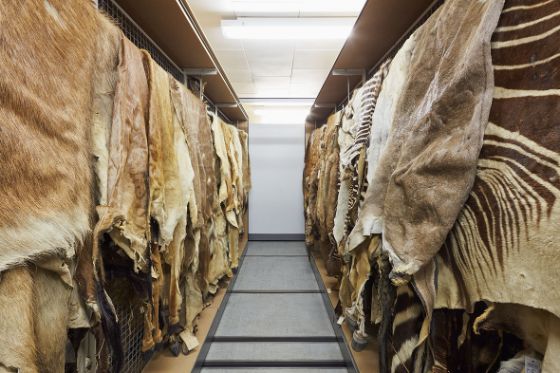
SYSTEMATIC COLLECTION
The systematic collection of invertebrates, with its several hundred thousand specimens, is an actual lexicon of life. It is arranged according to the palaeontological system of phylum, class, order, family, genus and type.
The invertebrates in this collection are arranged and stored according to the standard work on palaeontological identification, the 'Treatise on Invertebrate Palaeontology'. Although most of the phyla, classes, orders and families are represented by specimens, the areas of focus lie on the Jurassic corals, mussels, snails, cephalopods and sea urchins from north west Switzerland.
Particularly worthy of mention is Hans Hess's collection of Jurassic sea lilies at the Natural History Museum Basel. This collection is regarded as one of the most complete in the world.
Small, interesting special collections such as malformations in the shells of ammonites, original objects from the Ediacaran fauna or fake fossils and pseudo fossils are also incorporated into the main collection areas.
